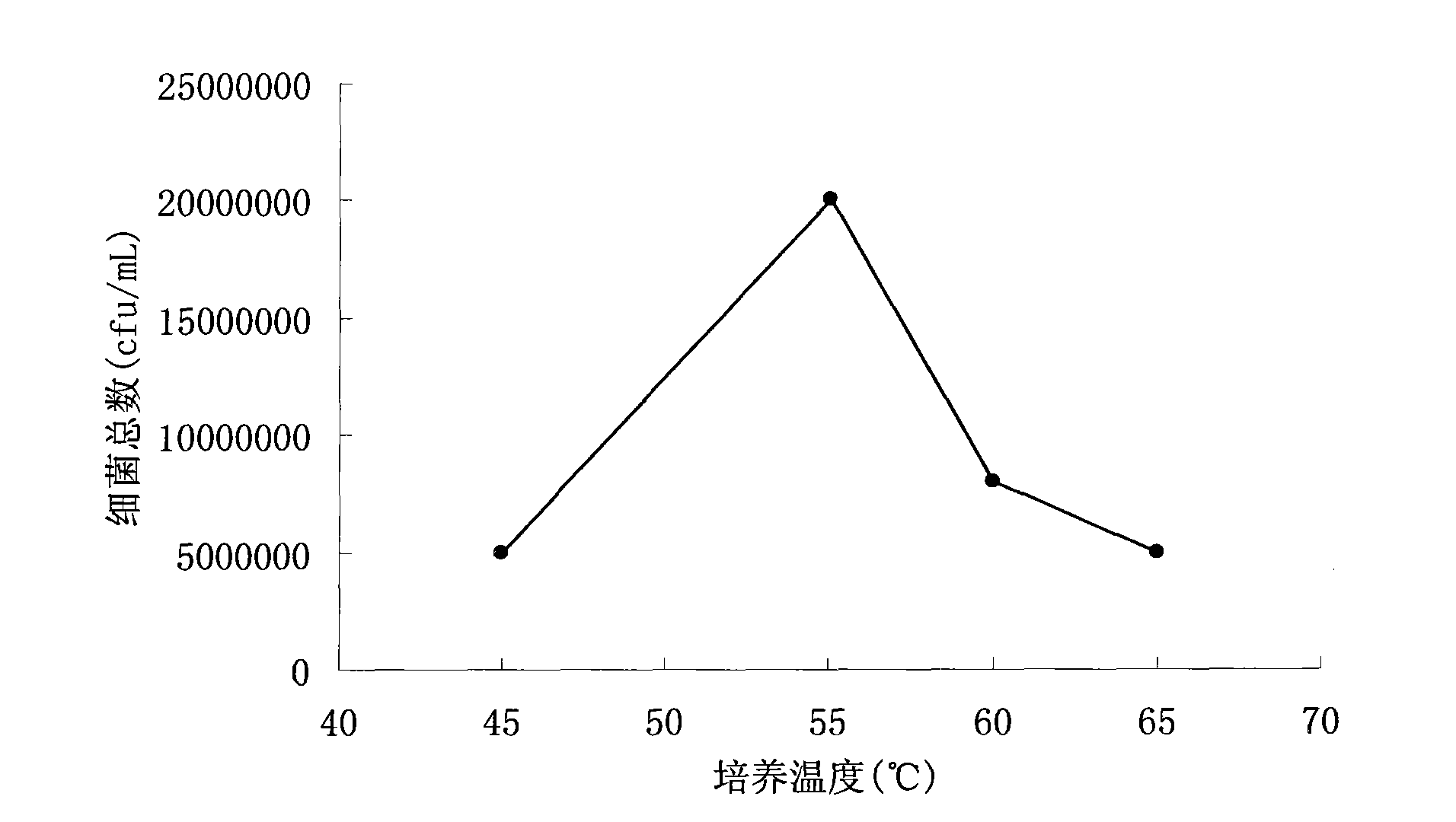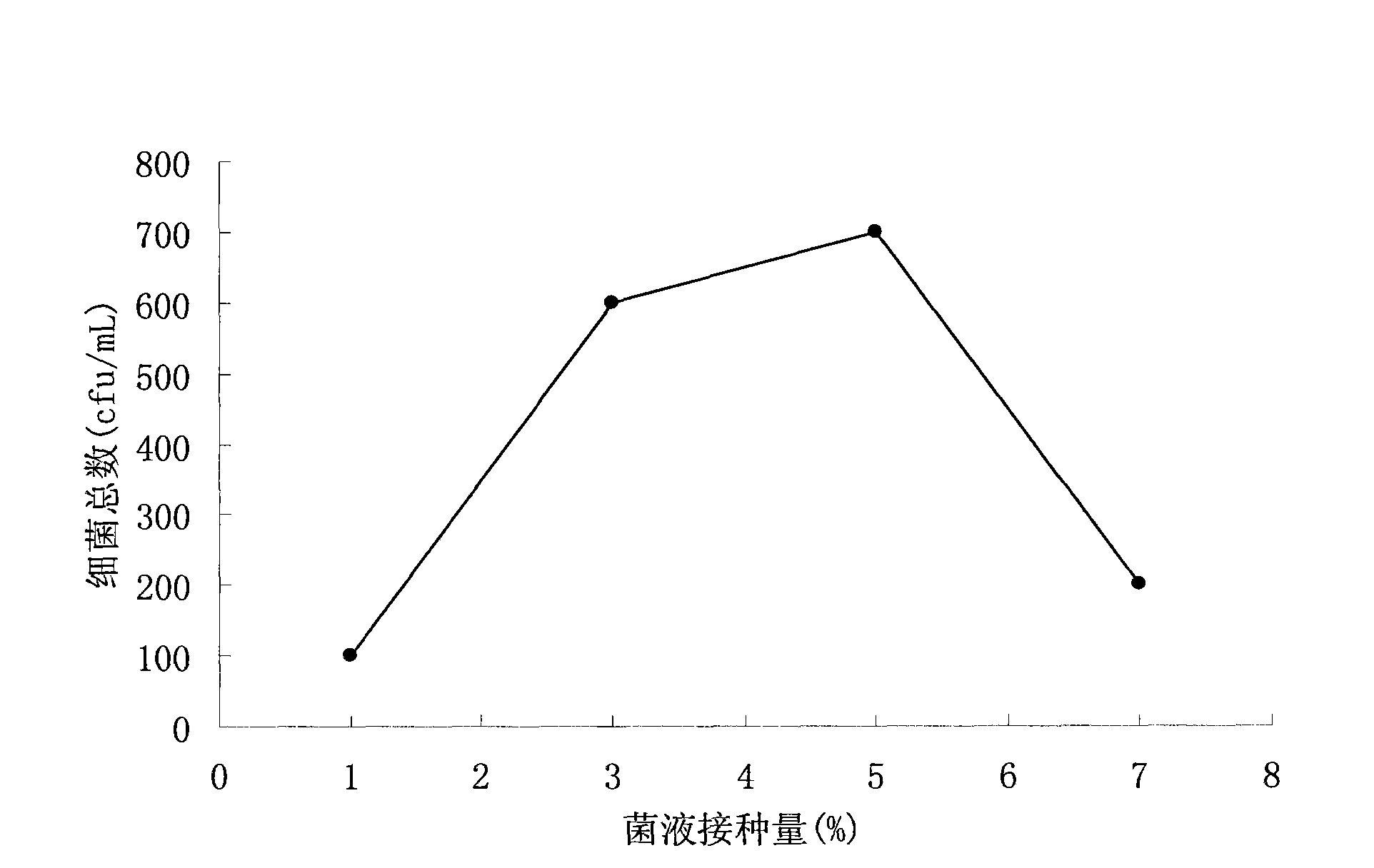Kit test method of beta-lactam antibiotics residue in milk
A technology for lactams and detection methods, which is applied in the field of detection kits for β-lactam antibiotic residues in milk, can solve the problems of long detection time, cumbersome detection operations, expensive detection instruments, etc., and achieve the effect of low cost
- Summary
- Abstract
- Description
- Claims
- Application Information
AI Technical Summary
Problems solved by technology
Method used
Image
Examples
Embodiment 1
[0032]In the first step, Bacillus stearothermophilus ATCC 10208 (Bacillus Stearothermophilus 10208, referred to as BS10208, preserved by China Industrial Microorganism Culture Collection Management Center, address: No. 32, Xiaoyun Road, Chaoyang District, Beijing, zip code: 100027) (also can be Bacillus stearothermophilus Bacillus stearothermis ATCC 10143) was placed in broth liquid medium, and at 50° C., cultivated for 30 h at 150 rpm to make a mother starter; in parts by weight, the broth medium formula was: peptone 10 g, beef extract Powder 25g, sodium chloride 5.0g, distilled water 960g, stir and dissolve evenly, sterilize with 0.08MPa for 20min, cool to 50℃ for later use;
[0033] In the second step, the mother starter is inserted into the production medium at a volume ratio of 3: 100, and cultivated in a fermenter at 55° C. During the cultivation process, the pH is adjusted to 7.5 with a 1.0mol / L NaOH solution. The stirring speed is 120rpm, and it is collected after cult...
Embodiment 2
[0042] The first step is to put Bacillus stearothermophilus ATCC 10208 (Bacillus Stearothermophilus 10208, referred to as BS10208, preserved in China Industrial Microorganism Culture Collection Management Center, address: No. 32 Xiaoyun Road, Chaoyang District, Beijing, postcode: 100027) in the broth liquid culture medium at 45°C and 100 rpm for 24 hours to make a mother starter; in parts by weight, the formula of the broth medium is: peptone 13g, beef extract powder 25g, sodium chloride 4.0g, distilled water 958g; Stir and dissolve evenly, sterilize with 0.10MPa for 15min, cool to 45℃ for later use;
[0043] In the second step, the mother starter is inserted into the production medium at a volume ratio of 1:100, and cultivated in a fermenter at 50° C. During the cultivation process, the pH is adjusted to 8.0 with a 1.5mol / L NaOH solution. The stirring speed is 100rpm, and it is collected after culturing for 24 hours to obtain a suspension of fermented bacteria; in parts by we...
Embodiment 3
[0049] The first step is to put Bacillus stearothermophilus ATCC 10208 (Bacillus Stearothermophilus 10208, referred to as BS10208, preserved in China Industrial Microorganism Culture Collection Management Center, address: No. 32 Xiaoyun Road, Chaoyang District, Beijing, postcode: 100027) in the broth liquid The culture medium was cultured at 55°C and 125rpm for 36h to make a mother starter; in parts by weight, the formula of the broth medium was: peptone 15g, beef extract powder 35g, sodium chloride 6.0g, distilled water 944g; Stir and dissolve evenly, sterilize with 0.09MPa for 18min, cool to 55℃ for later use;
[0050] In the second step, the mother starter is inserted into the production medium at a volume ratio of 5: 100, and cultivated in a fermenter at 65° C. During the cultivation process, the pH is adjusted to 7.0 with a 2.0mol / L NaOH solution. The stirring speed is 150rpm, and it is collected after cultivating for 36 hours to obtain a suspension of fermented bacteria;...
PUM
 Login to View More
Login to View More Abstract
Description
Claims
Application Information
 Login to View More
Login to View More - R&D
- Intellectual Property
- Life Sciences
- Materials
- Tech Scout
- Unparalleled Data Quality
- Higher Quality Content
- 60% Fewer Hallucinations
Browse by: Latest US Patents, China's latest patents, Technical Efficacy Thesaurus, Application Domain, Technology Topic, Popular Technical Reports.
© 2025 PatSnap. All rights reserved.Legal|Privacy policy|Modern Slavery Act Transparency Statement|Sitemap|About US| Contact US: help@patsnap.com



